A FISTFUL OF DOLLARS. When The Man With No Name Was Born
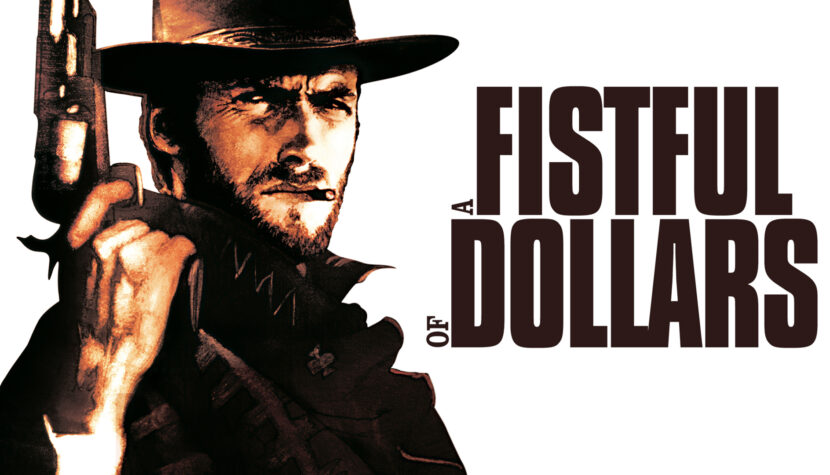
Productions where a brave sheriff deals with a gang of ruffians were definitely not my cup of tea. A chance encounter with Sergio Leone’s films changed everything. The Dollar Trilogy captured my imagination for good.
Later, when I was mature enough to appreciate a western without Clint Eastwood, it was time for Once Upon a Time in the West. One of the best films I have ever seen. From then on, I officially joined the ranks of film western enthusiasts. All thanks to Sergio Leone. Recently, I decided to revisit Leone’s westerns after a long break to see how they stood the test of time. Would they still impress me as much as they did at the beginning? I invite you to explore the results of my modest “research.” I must warn you however that I deliberately omit A Fistful of Dynamite here. I believe it has more in common with war and revolutionary cinema than with the good old gun-slinging Wild West. I like A Fistful of Dynamite, but due to many stylistic differences, it doesn’t fit into this compilation. Maybe it will get its own article someday. A Fistful of Dollars
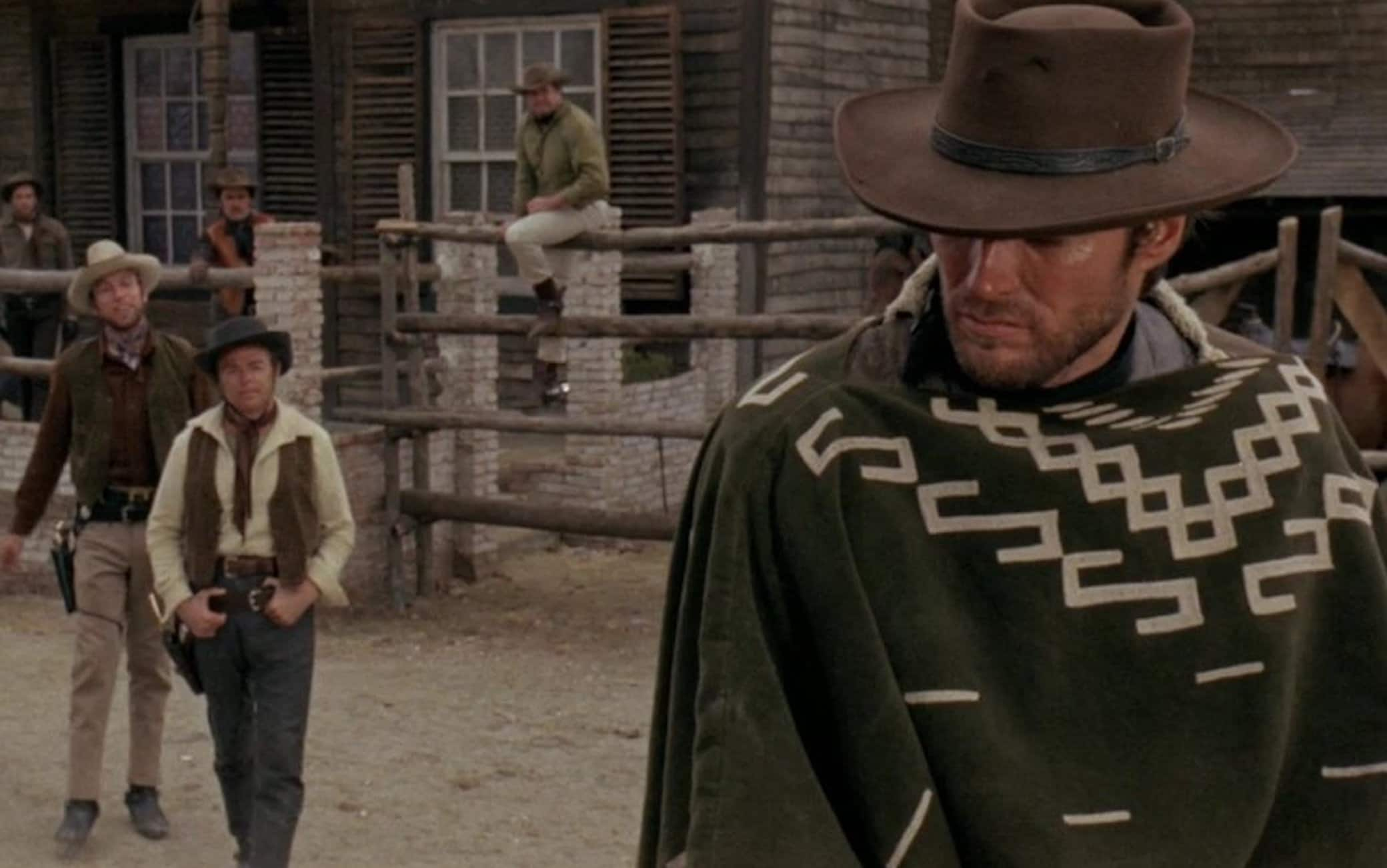
A Fistful of Dollars
The plot of the first part of the legendary series is characterized by almost archetypal simplicity. A mysterious gringo (played, of course, by Clint Eastwood) arrives in a town on the Mexican-American border. The town is ruled by two powerful, rivaling families, and perhaps the only honestly earning resident is the undertaker. The gunslinger decides to exploit the animosity between the gangs to earn the titular fistful of dollars. The task is extremely difficult since the opponents are legion, but the newcomer is not to be underestimated and surpasses everyone in shooting skills. The odds are thus even.
Often, groundbreaking films struggle to withstand the test of time. Works in this category often become enshrined in a cult-like status and adoration disproportionate to their actual value. A Fistful of Dollars is an example of such a milestone, remembered mainly for its groundbreaking nature rather than its actual class. It is not without reason that this film is often called Sergio Leone’s “practice run,” where the Master began his artistic journey, and his distinctive and hard-to-imitate “signature” was just forming. This film is usually considered only as the first installment of the Dollar Trilogy, almost never treated as an autonomous whole.
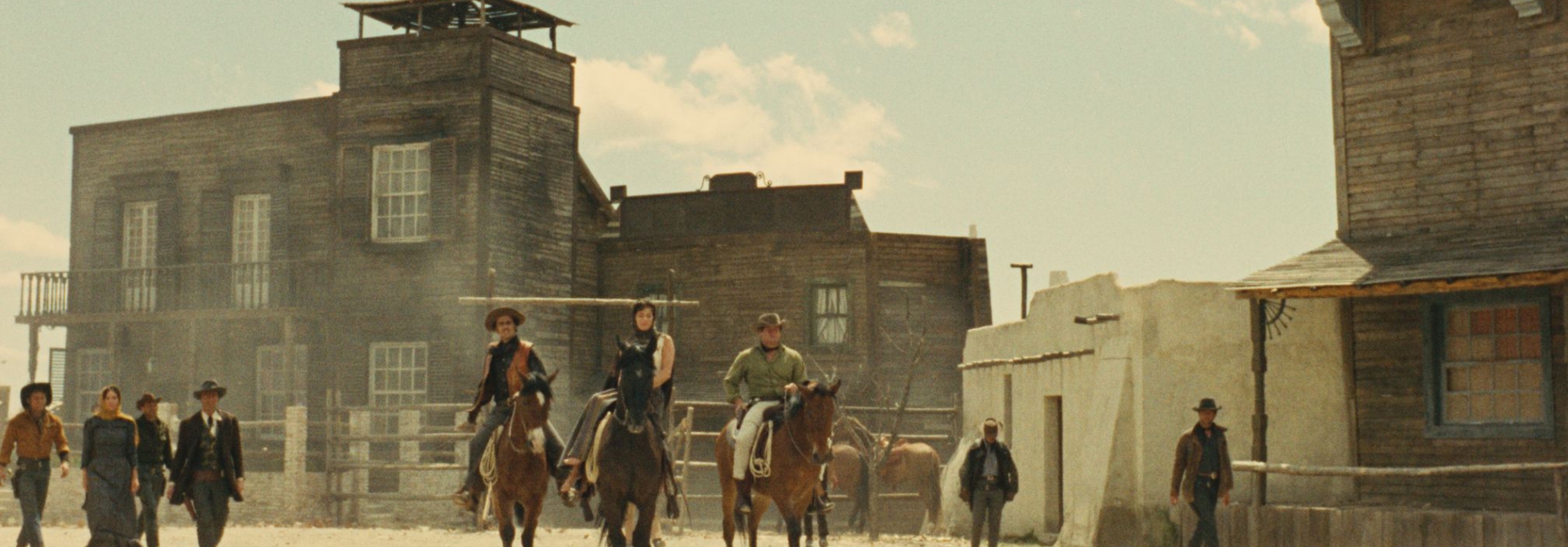
Unfortunately, despite my best intentions, I too cannot escape comparisons with Leone’s later achievements. It’s a good film. Just good. However, it pales in comparison to the later works of the Italian creator. A repeat viewing after a long break brought me considerable disappointment, as my admiration for Sergio Leone’s work was so great that A Fistful of Dollars simply couldn’t meet my expectations.
The West Wasn’t Conquered in a Day
It is indeed solid cinema, which can be watched without a moment of boredom. The plot is intriguing, and the action moves forward without significant delays. I really find it hard to point out anything specific to criticize. However, the whole thing doesn’t captivate and is characterized by a certain uniquely perceived lukewarmness. The only element that sticks in my memory is the magnificent theme by Ennio Morricone, who was already at the top of his form.
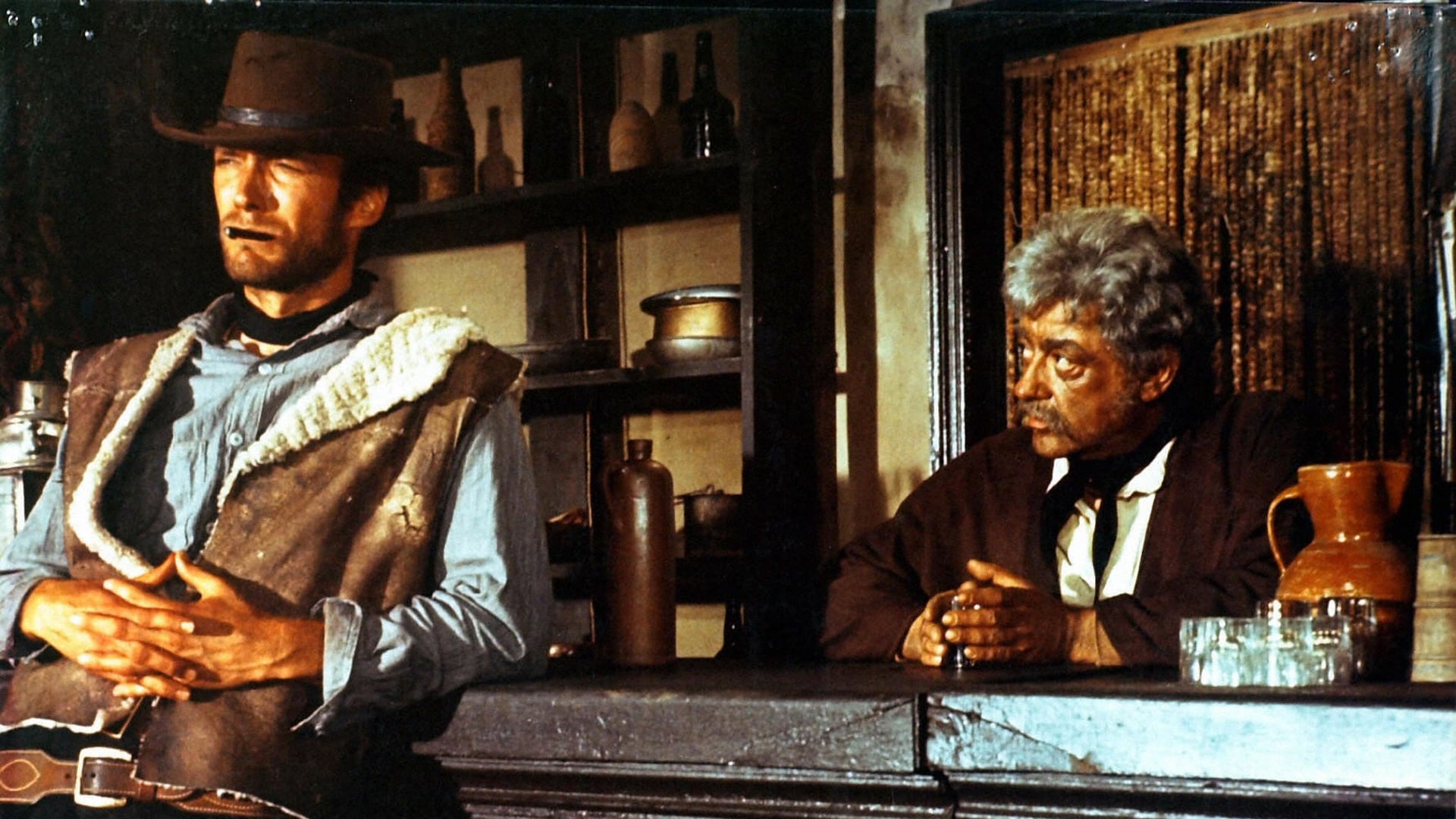
Also, from a directorial standpoint, everything is once again just good. Behind the camera was Sergio Leone – a competent craftsman who was only becoming a unique artist. Of course, what was the floor for him is the ceiling for most creators. However, this doesn’t change the fact that while watching A Fistful of Dollars, the greatest pleasure comes from spotting flashes of genius and the beginnings of style. Leone’s trademark includes plastic and perfectly composed frames and the skillful combination of wide shots with extreme close-ups. Here, too, there are a number of picture-perfect shots that could be framed. However, their concentration per millimeter of film tape may be insufficient for viewers spoiled by screenings such as Once Upon a Time in the West. Additionally, which is perhaps the most serious criticism, at no point did I sense that certain something, which for lack of a better term is called the magic of cinema – that spine-tingling fusion of music, sounds, and images so characteristic of the Italian’s later films.
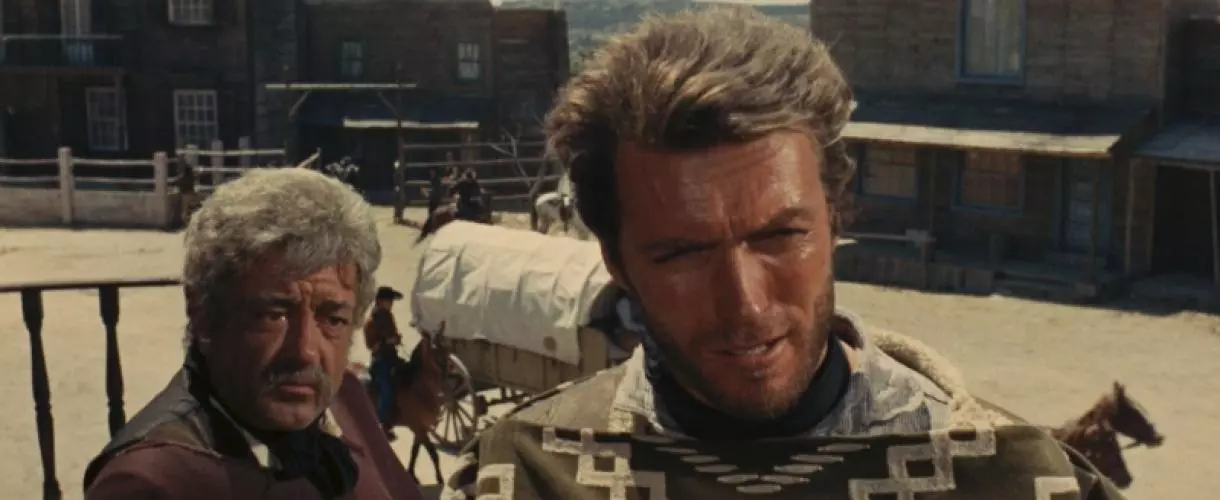
One of the features of Leone’s westerns from the 60s is that his characters do not undergo transformation. This breaks the age-old narrative rule of the “hero’s journey.” Such plot minimalism is already visible in A Fistful of Dollars. Another rule that Sergio disregards is that characters are defined not only by their actions but also by their thoughts and dilemmas, which should be externalized to some extent. In Leone’s films, the Man With No Name seems to have no emotions – he is defined solely by his decisions. Eastwood’s character undoubtedly follows principles and a uniquely understood honor, but he feels no need to trumpet it around.
What distinguished A Fistful of Dollars at the time was the unique atmosphere of a dirty, cynical Wild West. For viewers accustomed to clean and noble sheriffs, the mere fact that the main character did something for money and not for an ideal must have been shocking. This “reversal of alliances” ensured the success of Leone, Eastwood, Morricone, and the rest of the spaghetti gang. From today’s perspective, the atmosphere created here by Leone is still one of the major assets, but it certainly doesn’t make as much of an impression. Because dirt – largely thanks to the revolution started by this film – has permanently settled in the world of westerns.
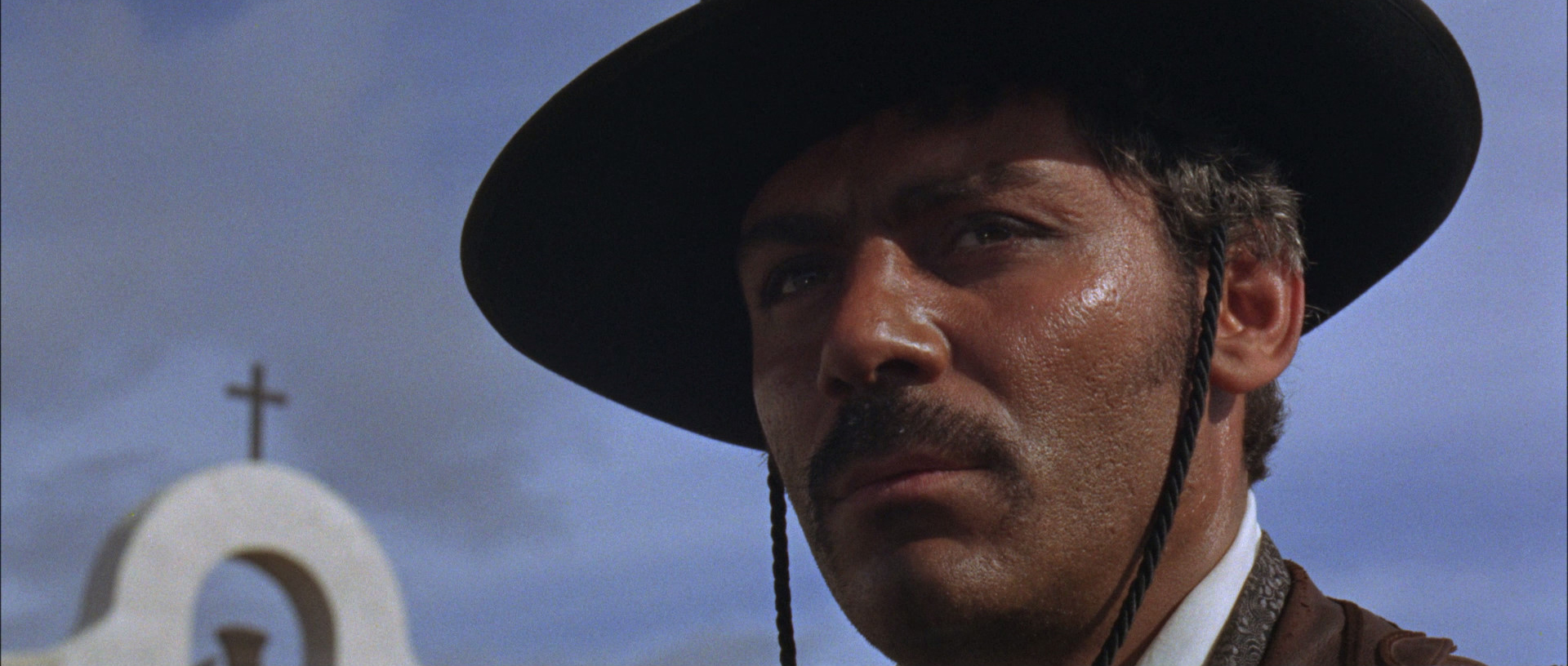
A Fistful of Dollars is a film that everyone should see because it is simply worth it. It contains everything that viewers love about Sergio Leone’s cinema, just in slightly smaller amounts. I like this western, but I will probably only return to it when I feel like re-watching the entire Dollar Trilogy. The only element that sets it apart within the series is the truly guerrilla conditions under which it was made.
How the Gunslinger Steel Was Tempered
In the second half of the 20th century, the American film industry faced fierce competition from television. To counter the decline in revenues, Hollywood decided to leverage the main advantages it had over the new medium – color and the grandeur of the big screen. This period saw a boom in lavish superproductions. To cut costs, a large portion of these were filmed on the Old Continent, where it was cheaper to do so. One of Hollywood’s main footholds in Europe was the Cinecitta film studio located on the outskirts of Rome. Many young filmmakers from the Apennine Peninsula gained their first professional experiences working on the sets of Yankee superproductions. Over time, these creators began working independently and – by coincidence – their films were heavily inspired by American genre cinema. The most strongly represented genre was, of course, the western.
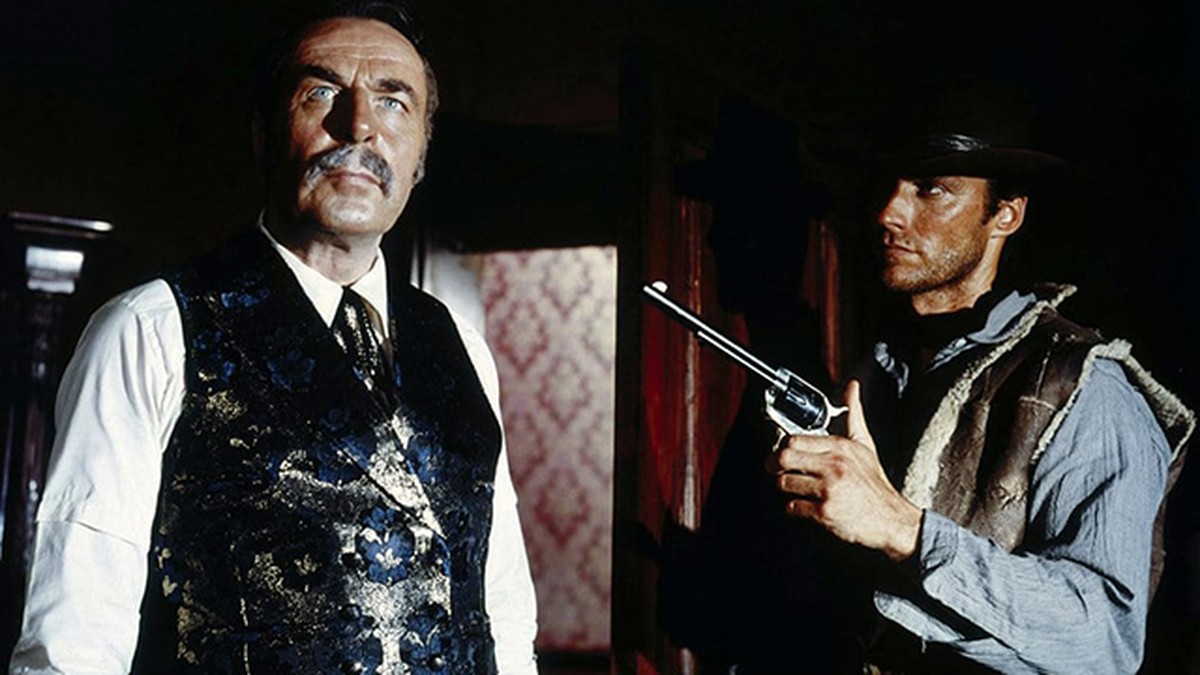
One of the first (but not the first) directors to start making Western films in Italy was Sergio Leone. Previously, he had been involved in the creation of dozens of films (including Quo Vadis from 1951 and the famous Ben-Hur with Charlton Heston, as well as a number of Italian productions in the “sword and sandal” genre). By the early 1960s, he had one independently directed film to his credit. However, his The Colossus of Rhodes did not make a significant mark in the history of cinema.
Leone was a great lover of American culture, especially literature and, unsurprisingly, cinema. One of his favorite directors was the Japanese filmmaker Akira Kurosawa. He was particularly fascinated by Kurosawa’s Yojimbo. He believed that the story of a ronin who arrives in a lawless town to fight evil had a biblical quality to it. So he decided to tell his own version of this story. He set the action in the Wild West, replacing the masterless samurai with a mysterious gunslinger. Later, when A Fistful of Dollars was released in America, Kurosawa learned of the existence of this – euphemistically speaking – unofficial remake. The western version of Yojimbo was positively received by the Japanese filmmaker. However, this did not prevent Kurosawa from filing a lawsuit. The matter ultimately ended in a settlement, which awarded him a share of the profits. Despite many differences between these films, I must honestly admit that Leone somewhat crossed the line of artistic quotation. However, it is in his favor that Kurosawa was also heavily inspired by other works, including the Italian (!) theater play Servant of Two Masters by Carlo Goldoni.
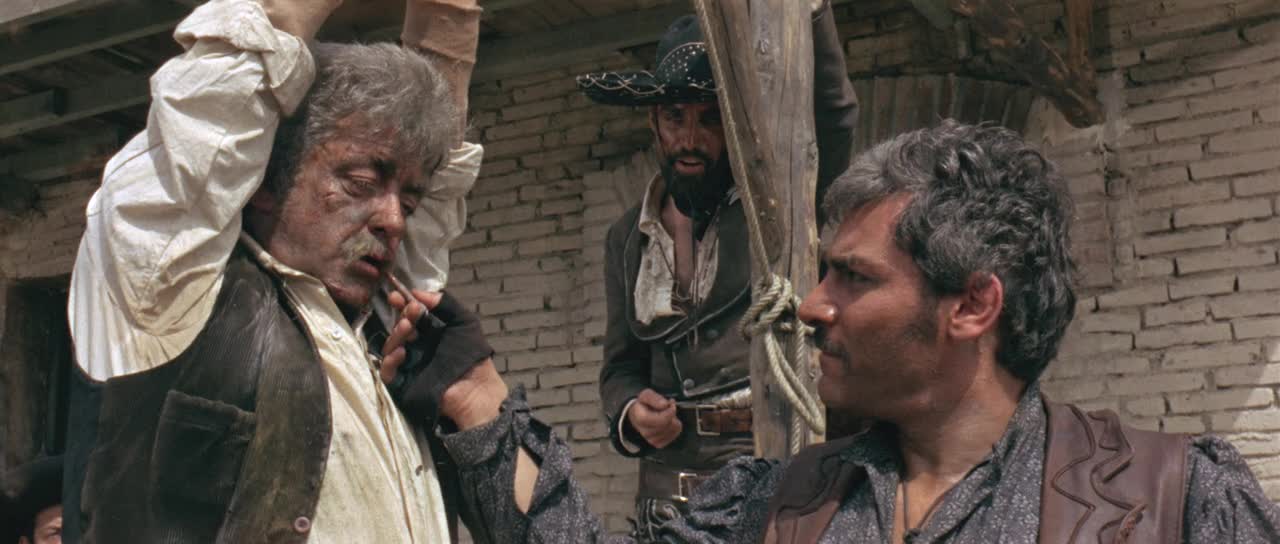
The main challenge for Leone was to hire an American actor whose name would give the film a chance to “sell.” He certainly didn’t dream of a top-tier star; no one from the A-list would agree to appear in an Italian western, not only for financial reasons but also for prestige. So, he looked among less-known names. Charles Bronson and James Coburn rejected the offers without hesitation. After some time, the script titled Il Magnifico Stragnero accidentally found its way to Clint Eastwood, known from the popular cowboy TV series Rawhide. The young actor initially did not want to hear about participating in this project, but he decided to take a look at the script, which he unexpectedly liked very much. Clint was not bothered by the striking resemblance to Yojimbo (producer Arrighi Columbo assured him that negotiations with the Japanese were ongoing). He trusted his instincts, decided to take a risk, and join this crazy project. In the best case, he would add an interesting, far-from-western-clichés role to his resume; if the film turned out to be a failure, he would at least have taken a trip to Italy and Spain, where he had never been before. Eastwood packed his cowboy costume from Rawhide and set off for Europe.
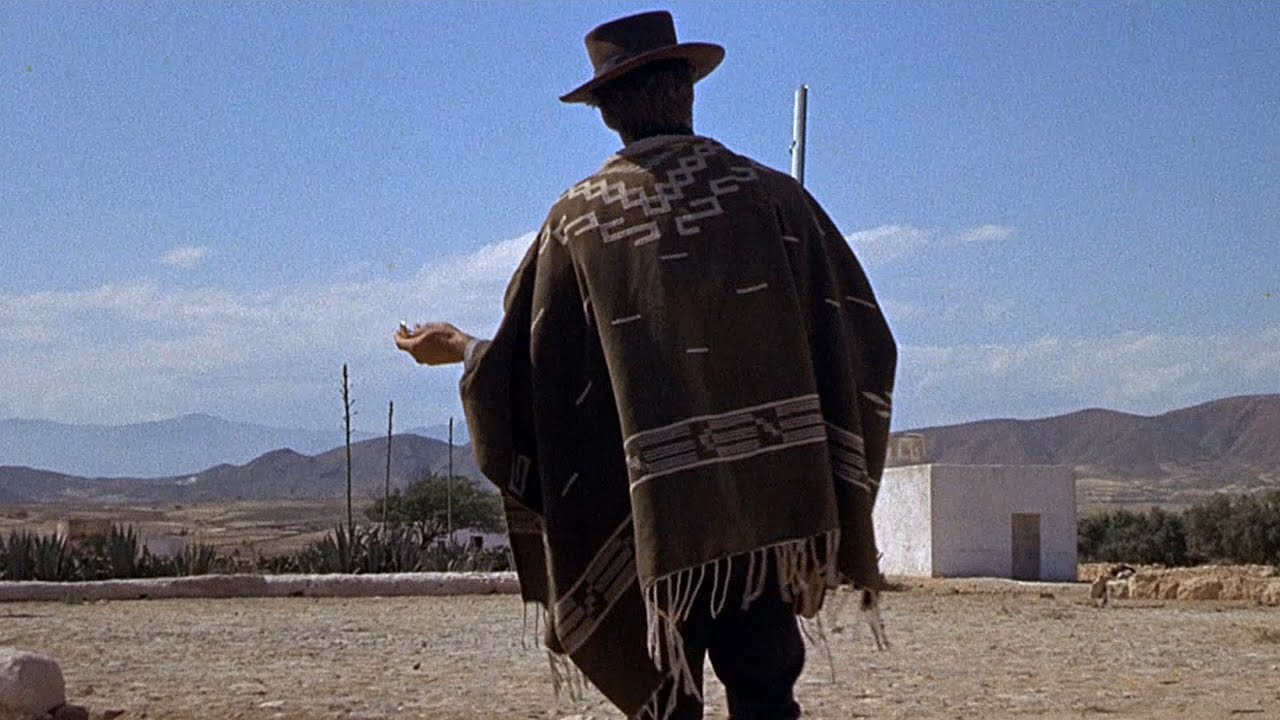
Blood, Sweat, and … Success!
Most of the scenes were shot in Spain’s Andalusia, whose landscapes bore a striking resemblance to the “original” Wild West. Some shots were filmed in Rome – this was a necessary requirement to obtain Italian funding. The film crew constantly struggled with financial problems – there was practically no money for anything, and there was never certainty whether the weekly payments would be made on time. Additionally, the set resembled a real Tower of Babel – the multinational crew often had communication problems. There were as many as four versions of the script – Italian, Spanish, English, and German. The only crew member who, apart from Eastwood, spoke English fluently was an extra who helped the future cinema legend communicate. A Fistful of Dollars was shot without sound; all noises and dialogues were added in the studio. The English-language version of the film was created only in 1967 – Clint dubbed himself. His notes, in which he recorded all changes made to the script on set, proved useful, as the Italians lost all such “irrelevant” scraps of paper, and without his own diligence, the dubbing Clint would have had only the original version of the script to work with.
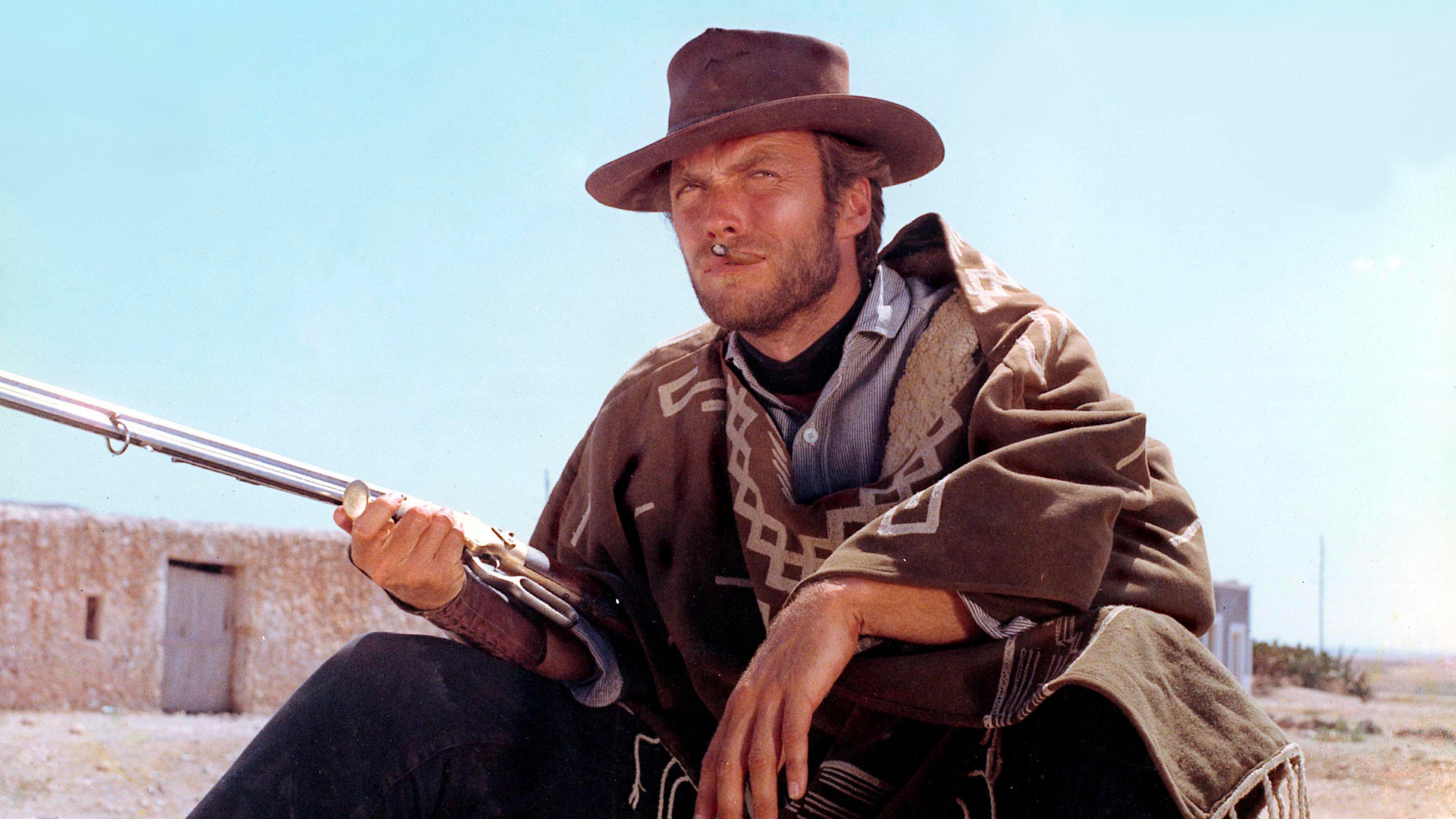
The film includes a scene in which Joe (for in the first part of the No-Name cycle, the hero is not entirely nameless) tells Marisol, whom he saved, that he helped her because he once knew a woman who met a tragic end. This single, completely out-of-character line is a remnant of an ultimately unfilmed prologue. That woman was supposed to be the murdered mother of the main character. Fortunately, Sergio – much to Clint’s delight – decided to forgo this embarrassing heavy-handedness. However, the American TV executives had a different opinion, ordering a prologue to be shot before the broadcast of A Fistful of Dollars, in which the prison warden agrees to release Clint on the condition that he restores order in the town.
Despite the problems and constant chaos, the passion, energy, and love for cinema of the Italian director ensured that the filming progressed. Leone was not afraid to experiment. It was in the heat of frontline battles that his characteristic, impossible-to-imitate style took shape. Sergio did not invent the famous extreme close-ups on eyes during philosophical reflections on the theory of cinematography. The legend includes an anecdote in which Sergio Leone, to obtain a tree needed for a scene, pretended to be an official from the Department of Roads and convinced (or rather forced) a farmer to agree to cut down and remove a tree growing on his property.
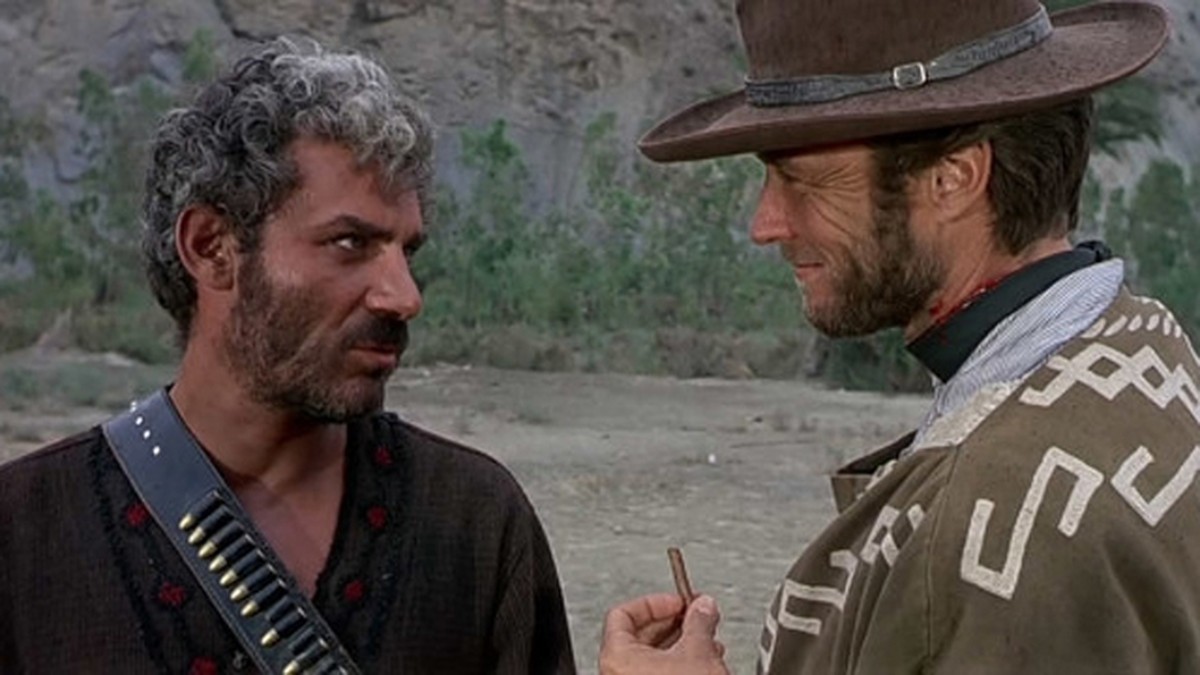
Sergio and his team’s problems did not end when the film was ready. The producers considered A Fistful of Dollars an unwatchable mess, but since they had already pocketed state funds, to meet legal requirements, they had to release the film in at least one cinema for a week. The crew members, to increase their slim chances of success, appeared in the film’s credits under English-sounding pseudonyms. The “premiere” took place in Florence. Unexpectedly, Bob Robertson’s alias Sergio Leone’s film won the hearts of viewers and entered wide distribution across the country, where it earned truly colossal money. Pragmatic producers quickly decided to make a sequel.

